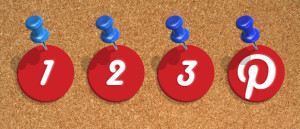January 7
Gamification is a huge buzzword in recruitment lately.For those of you thinking this means discovering top talent by forcing applicants to compete in epic games of capture-the-flag… you’re half right! But I’ll give you a quick summary anyway.Basically, gamification is about the use of game mechanics outside of traditional gaming (think Fitocracy and Free Rice not Monopoly, Mario, or Words with Friends). Gamification was one of the hottest topics in social media last year and it will be even bigger in 2013.For recruiters and employers, gamification can be used in three main ways. To engage candidates, to assess potential talent and to train new hires. As an added bonus it can also promote employer brand. Gamification for …Read More









